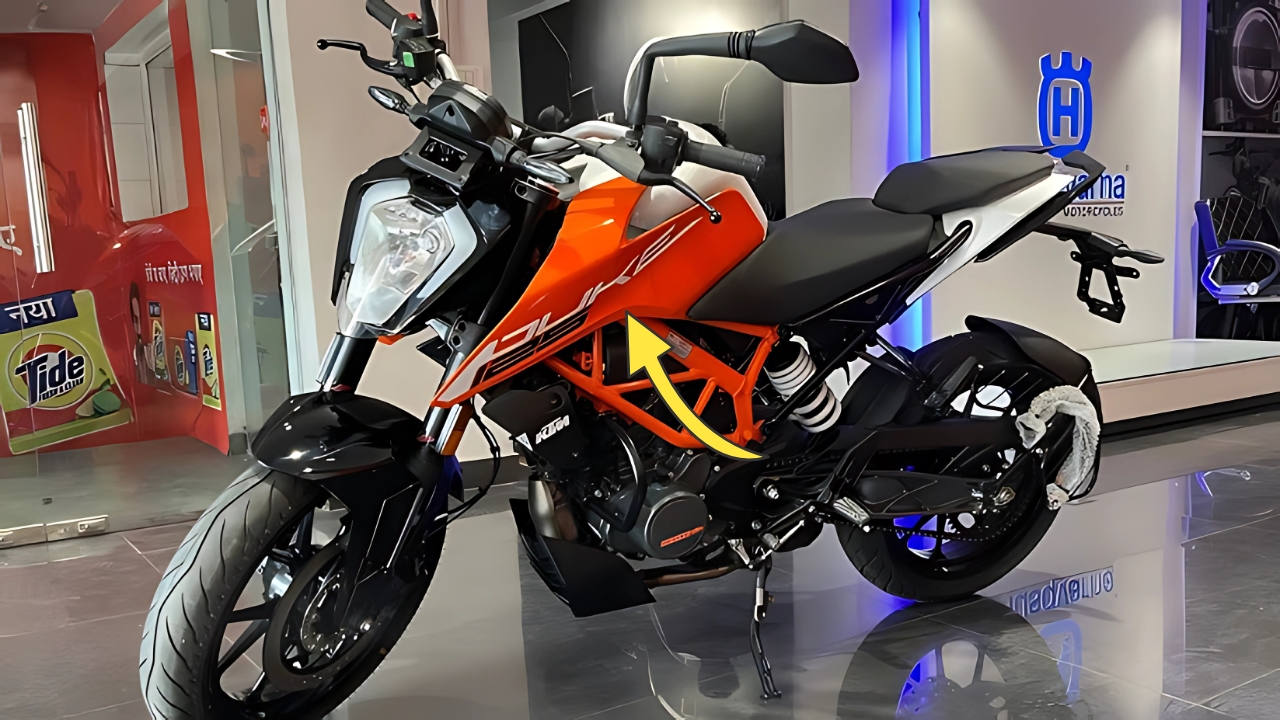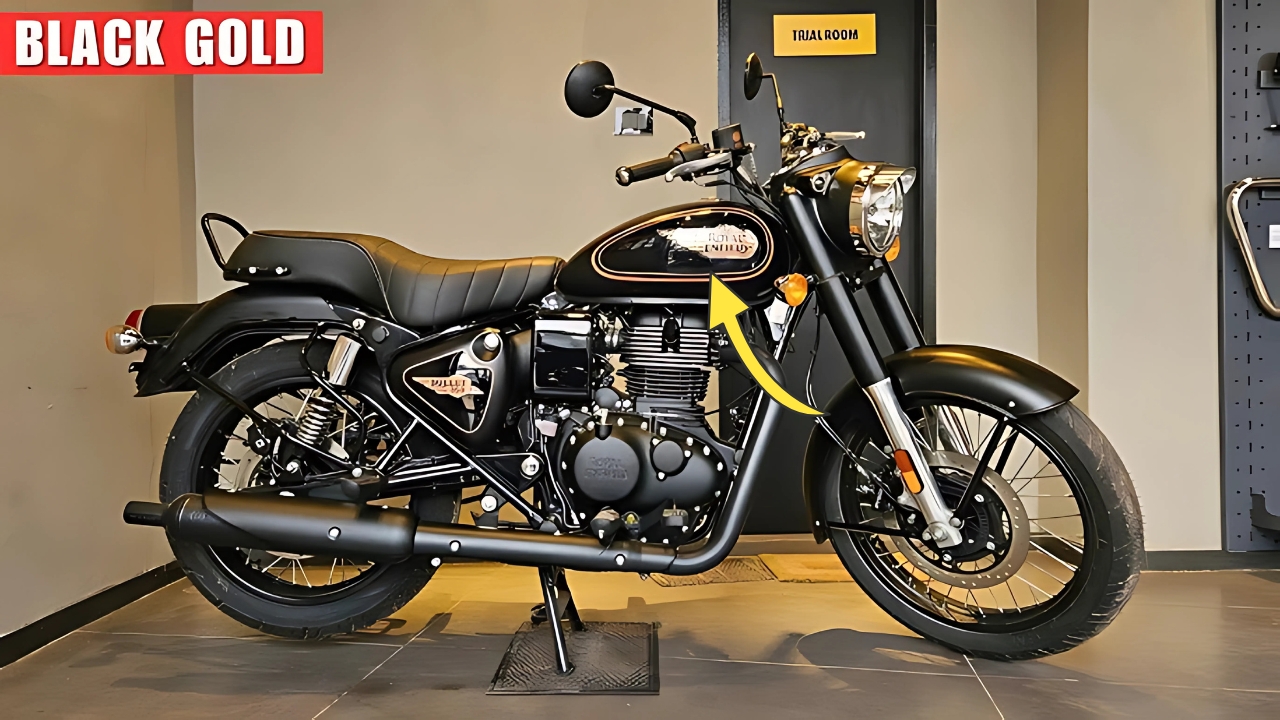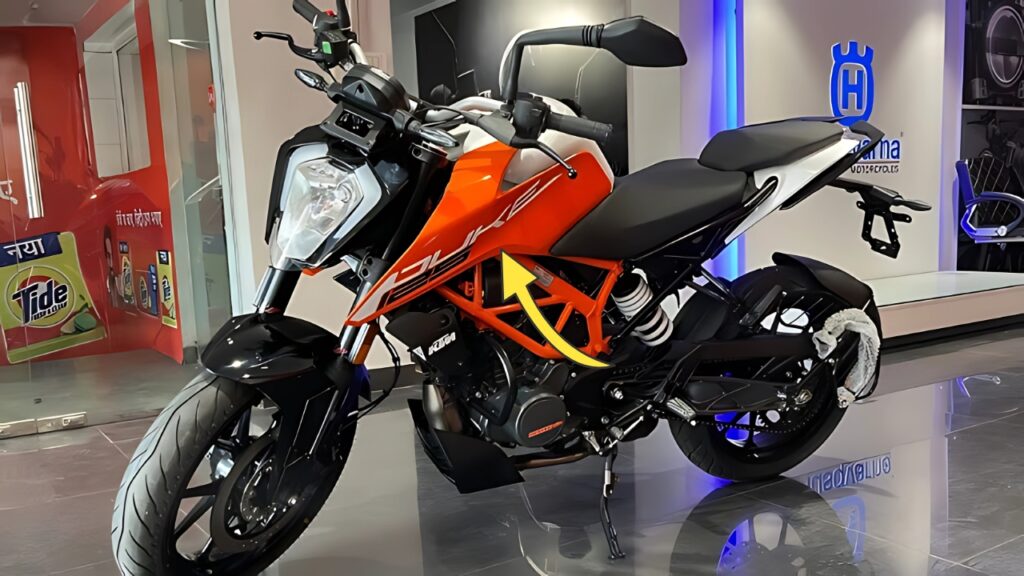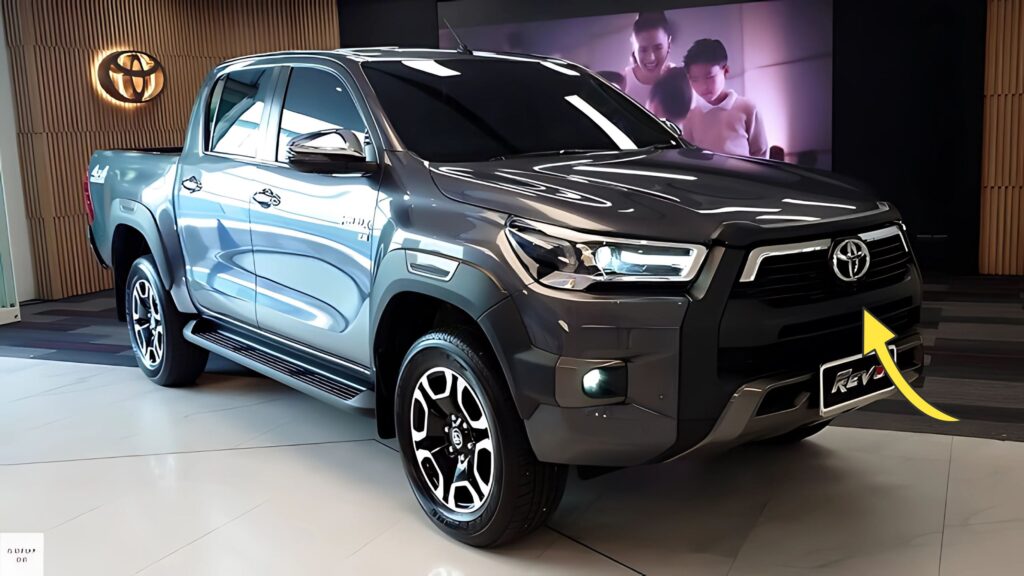Yamaha RX 100: The Yamaha RX 100 stands as one of the most iconic motorcycles in Indian automotive history. Launched in 1985, this legendary two-stroke machine carved out a special place in the hearts of motorcycle enthusiasts and became synonymous with performance, reliability, and pure riding joy.
Even decades after its discontinuation, the RX 100 continues to command respect and admiration from riders across generations.
Yamaha RX 100 The Birth of a Legend
Yamaha Motor Company introduced the RX 100 to the Indian market through their partnership with Escorts Limited. The motorcycle was based on Yamaha’s global RX series, specifically adapted for Indian road conditions and preferences.
At a time when the Indian motorcycle market was dominated by heavy, under-powered machines, the RX 100 arrived as a breath of fresh air with its lightweight construction and spirited performance.
The timing of its launch was perfect. India was experiencing rapid economic growth, and the middle class was expanding.
Young professionals and college students were looking for affordable yet exciting transportation options. The RX 100 filled this gap beautifully, offering an accessible entry point into the world of performance motorcycling.
Technical Specifications and Engineering Excellence
The heart of the RX 100 was its 98cc, single-cylinder, two-stroke engine that produced approximately 11 horsepower at 7,500 RPM. While these numbers might seem modest by today’s standards, the motorcycle’s lightweight design meant exceptional power-to-weight ratio.
The engine featured Yamaha’s renowned Autolube system, which automatically mixed oil with fuel, eliminating the need for manual pre-mixing that was common in other two-stroke motorcycles of the era.
| Specification | Details |
|---|---|
| Engine Type | Single-cylinder, 2-stroke |
| Displacement | 98cc |
| Power Output | 11 HP @ 7,500 RPM |
| Torque | 10.39 Nm @ 6,500 RPM |
| Transmission | 4-speed manual |
| Fuel Tank Capacity | 12 liters |
| Weight | 108 kg |
| Top Speed | 100+ km/h |
| Fuel Efficiency | 35-40 km/l |
The motorcycle featured a four-speed gearbox with a positive neutral finder, making gear changes smooth and precise. The suspension setup consisted of telescopic front forks and twin shock absorbers at the rear, providing adequate comfort for Indian road conditions.
The braking system included drum brakes at both ends, which were considered adequate for the motorcycle’s performance envelope.
Design Philosophy and Aesthetics
The RX 100’s design was a perfect blend of functionality and visual appeal. The motorcycle featured clean, uncluttered lines that emphasized its sporty character. The fuel tank had distinctive knee recesses, the seat was designed for both comfort and style, and the overall proportions gave the bike an athletic stance.
The instrument cluster was simple yet informative, featuring a speedometer, fuel gauge, and essential warning lights.
The motorcycle was available in several attractive color schemes, including the popular blue and white combination that became synonymous with the RX 100 brand.
One of the most distinctive features was the motorcycle’s sound. The characteristic two-stroke exhaust note was music to enthusiasts’ ears, creating an emotional connection that went beyond mere transportation. This unique soundtrack became part of the RX 100’s identity and contributed significantly to its cult status.
Performance Characteristics That Set It Apart
What truly distinguished the RX 100 from its contemporaries was its remarkable performance characteristics. The motorcycle could accelerate from 0 to 60 km/h in under 7 seconds, which was exceptional for its class and era. The top speed of over 100 km/h earned it the “RX 100” nomenclature, though experienced riders often pushed it beyond this figure.
The lightweight construction, weighing just 108 kilograms, meant that the motorcycle was incredibly agile and responsive.
It could navigate through traffic with ease, tackle winding roads with confidence, and provide an engaging riding experience that larger, heavier motorcycles simply couldn’t match.
Key Performance Advantages:
-
Exceptional acceleration for its displacement
-
Outstanding power-to-weight ratio
-
Responsive handling characteristics
-
Impressive fuel efficiency despite spirited performance
-
Reliable starting in all weather conditions
-
Low maintenance requirements
-
Affordable spare parts availability
Cultural Impact and Social Significance
The RX 100 transcended its role as mere transportation to become a cultural phenomenon. It represented freedom, youth, and aspiration for an entire generation of Indians.
College students saved money to buy one, young professionals considered it a status symbol, and motorcycle enthusiasts respected it as a genuine performance machine.
The motorcycle played a significant role in democratizing performance motorcycling in India. Before the RX 100, high-performance motorcycles were either unavailable or prohibitively expensive.
The RX 100 made thrilling performance accessible to the masses, inspiring countless young riders to develop a passion for motorcycling.
Its influence extended beyond individual ownership. The RX 100 became a common sight in Indian cinema, often portrayed as the preferred ride of heroes and romantic leads. This media representation further cemented its status as an aspirational product and contributed to its widespread popularity.
Maintenance and Ownership Experience
One of the RX 100’s greatest strengths was its simplicity and ease of maintenance. The two-stroke engine design meant fewer moving parts compared to four-stroke alternatives, resulting in lower maintenance costs and easier repairs. Most mechanical issues could be resolved by local mechanics without specialized training or expensive diagnostic equipment.
Maintenance Highlights:
-
Simple engine design with minimal complexity
-
Readily available spare parts across India
-
Cost-effective service and repair
-
DIY-friendly maintenance procedures
-
Robust construction tolerating Indian road conditions
-
Excellent parts interchangeability between model years
The motorcycle’s fuel efficiency was another major advantage. Despite its performance orientation, the RX 100 typically delivered 35-40 kilometers per liter, making it economical for daily commuting while still providing weekend thrills.
The End of an Era and Legacy
Production of the RX 100 ceased in 1996 due to increasingly stringent emission norms that two-stroke engines couldn’t meet cost-effectively.
The end of production marked the conclusion of an important chapter in Indian motorcycling history, but the motorcycle’s legacy continued to grow.
Today, well-maintained RX 100 motorcycles command premium prices in the used motorcycle market. Restoration projects are common, with enthusiasts investing significant time and money to bring these classics back to their original glory. The motorcycle has achieved genuine classic status, with pristine examples being treated as collectible artifacts.
Modern Relevance and Collector Value
Despite being out of production for over two decades, the RX 100 remains relevant in contemporary discussions about motorcycling.
Modern riders often compare current motorcycles to the RX 100’s benchmark, particularly regarding power delivery, handling characteristics, and overall riding experience.
The motorcycle’s influence can be seen in modern Yamaha products, which continue to emphasize lightweight construction, responsive handling, and engaging performance characteristics. While current motorcycles offer superior technology and efficiency, many enthusiasts argue that they lack the raw, unfiltered riding experience that the RX 100 provided.
Why the RX 100 Remains Special:
-
Genuine emotional connection with riders
-
Unmatched power-to-weight ratio in its era
-
Simple, reliable mechanical design
-
Distinctive character and personality
-
Historical significance in Indian motorcycling
-
Strong community of enthusiasts and collectors
-
Proven durability and longevity
-
Timeless design that still looks attractive today
Yamaha RX 100 Conclusion: A Timeless Classic
The Yamaha RX 100 represents more than just a motorcycle; it embodies an era of optimism, growth, and automotive passion in India.
Its combination of performance, reliability, affordability, and character created a perfect storm that captured the imagination of an entire generation.
While modern motorcycles surpass the RX 100 in virtually every measurable parameter, they often struggle to match its intangible qualities.
The emotional connection, the sense of involvement, and the pure joy of riding that the RX 100 provided remain largely unmatched.
For those fortunate enough to have owned or ridden an RX 100, the memories remain vivid and cherished. For younger enthusiasts who never experienced the original, it represents a golden age of motorcycling when machines had character and soul.
The RX 100’s legacy continues to inspire motorcycle manufacturers, influence design decisions, and remind us that sometimes, the most memorable machines are not necessarily the most advanced ones.
The Yamaha RX 100 will forever remain a testament to the fact that great motorcycles are not just about specifications and features—they’re about the emotions they evoke and the memories they create.
In this regard, the RX 100 stands as one of the greatest motorcycles ever produced, a true legend that defined not just a generation of riders, but an entire era of Indian motorcycling history.














